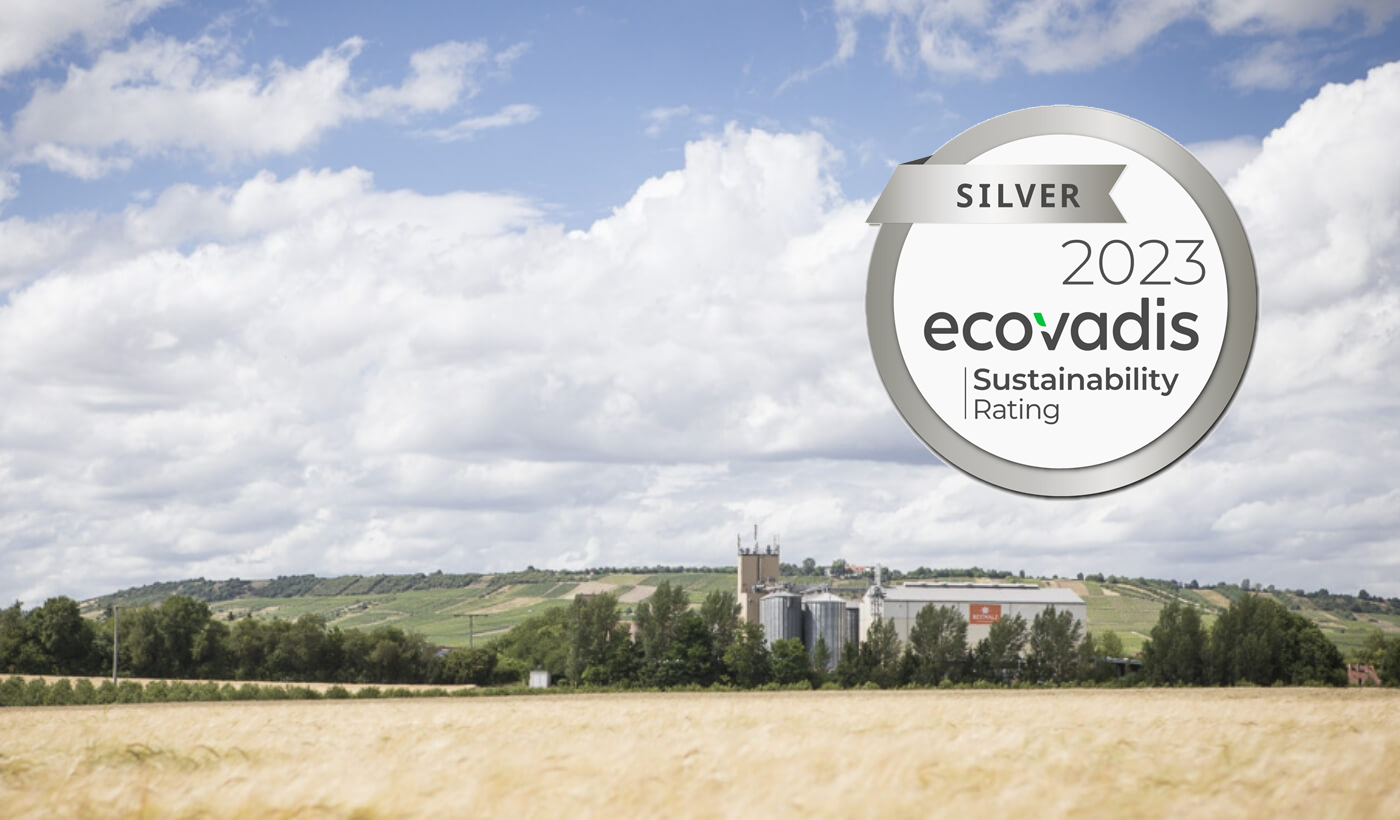Crop Report #1: German 2023 Spring Barley
Traditionally, the month of March marks the start of the German spring barley growing season. In 2023, however, according to preliminary calculations by the Deutsche Wetterdienst (German Weather Service), this year’s March conditions were the wettest since 2001. The month also had slightly less sunshine than normal. The opposite was true the year before, when March was the fourth-driest and -sunniest since measurements began. This year, more than 90 liters of rain fell per square meter (l/m²) in March. This is almost 60 percent more precipitation than the March average of 56.5 l/m² for the reference period between 1961 and 1990. Unfortunately, there was no break in the precipitation in April, when the weather remained changeable, cool, and windy; and brief sunny periods alternated with showers and even a few thunderstorms accompanied by hail.
These conditions caused severe delays in the sowing of spring barley. Therefore, firm data about the German spring barley acreage for 2023 is still unavailable; and the Braugersten-Gemeinschaft (German Malting Barley Association) can offer only estimates, as well as expert opinions about this year’s malting barley cultivation acreage. These forecasts are largely based on seed sales in the different German federal states; and were presented at the Association’s spring advisory board meeting in Bamberg.
Baden-Württemberg: According to early estimates, this year’s cultivation area is roughly the same as last year’s (+/- 5%). The principal reason is a downturn in animal husbandry, especially in pig farming, which results in lower demand for feed barley. Nonetheless, some 80 percent of the available acreage was planted under satisfactory sowing conditions. Because of ample precipitation and the cool weather, the spring barley germinated and emerged well. The key varieties there are Amidala, Lexy, and Avalon.
Bavaria: The dry and hot summer of 2022 has led to a current demand backlog for fodder and energy crops other than barley. In the state of Bavaria, therefore, the cultivation area for spring barley is expected to shrink by about 5 percent. Unlike in the rest of Germany, many fields in southern Bavaria and Lower Franconia could be sown under good conditions as early as mid-March. In Lower Franconia, Swabia and Upper Bavaria, all available fields are now under cultivation. In the north and east of Bavaria, however, there were sowing delays and only about 70 percent of the available acreage has been sown thus far. However, that crop is germinating well. The key varieties are Amidala, Avalon, and Lexy.
Mecklenburg-Vorpommern: In this federal state, sowing conditions were optimal in the fall, which led to an increase in the cultivation of winter barley and rapeseed. At the same time, there is now a rising demand for feed grains and an increase in corn acreage. As a result, experts predict a reduction in spring barley acreage. There might be a silver lining, however, because of the large amount of winter brewing barley and fall-planted spring barley in the region. Still, the prevailing wet conditions this year caused the postponement of the sowing of spring barley until mid-April. It will be interesting to follow up on how much of the acreage intended for spring barley will be rededicated.
Lower Saxony: The spring barley area under cultivation in Lower Saxony has remained virtually unchanged from the roughly 25,000 hectares planted last year. In addition, farmers there have substantially increased their sowing acreage of spring barley in the fall due to excellent sowing conditions at that time. However, spells of severe frosts in the absence of an adequate snow cover have caused damage to perhaps as much as half of these plantings. Many of these damaged stocks were replaced this year with plantings of spring barley or corn. Cultivation progress varies greatly from one region to another in Lower Saxony. Thus, anywhere between 20 and 80 percent of the fields are now fully sown. There is also a suspicion that many fields planted with spring barley or other crops in the fall are being re-cultivated with corn. This year’s key barley varieties in Lower Saxony are Leandra and Prospekt for fall plantings; and Lexy, for spring plantings.
Rhineland-Palatinate: An optimistic prognosis for this federal state suggests that the spring barley cultivation area there is slightly larger than last year’s; and it may reach about 30,000 ha. Sowing was greatly delayed, especially at higher altitudes. However, sowing conditions were perfect last fall for both winter and spring barley; and the fields sown in the fall are progressing well. Unfortunately, the damp spring weather is exerting increased disease pressures on all stocks. The key varieties in this state are Amidala, Leandra, and Lexy.
Saxony: Currently only about 20 percent of the cultivation acreage for spring barley has been sown because of the cold and wet soil. Experts do not expect a decline in the total cultivation area compared to the previous year but, because of the late sowing, harvest forecasts are average at best. There is also a likelihood that fields intended for spring barley will be repurposed if no suitable sowing window opens up by early May. The key varieties are Amidala, Lexy, and Solist.
Thuringia: About 75 percent of available fields have been sown and are germinating well. In the Thuringian Basin, sowing is even entirely complete; but in eastern Thuringia, heavy rainfalls and water-logged soils have caused considerable sowing delays. Many areas sown with spring barley in the fall were partially damaged by frost and had to be plowed under. Nonetheless, experts predict an increase in the spring barley area of this federal state this year. The key varieties are Amidala, Lexy, Jessy, and Leandra.
Baden-Württemberg: Data for this federal state is currently still sporadic. In southern Baden, which tends to have a very favorable climate, only 70 percent of available fields have been sown because of wet conditions. Yet experts still predict an expansion of the spring barley area compared to last year. Malting barley stocks planted last fall are good and healthy. The key varieties are Amidala, Lexy, and Somerset.
Given the current, mostly weather-related uncertainties regarding actual planting levels, it is too difficult to make any meaningful predictions about the total area that will ultimately be cultivated with spring barley in Germany. Volume forecasts are also difficult, because it is not yet possible to fully assess the winter damage experienced by crops planted last fall on what was then estimated to be about 50,000 ha. Finally, it is still unclear how much of the area sown in the fall will produce the original crop to maturity and how much of it will be replanted with spring barley.
Source: Braugersten-Gemeinschaft e.V.
Further information: www.braugerstengemeinschaft.de








